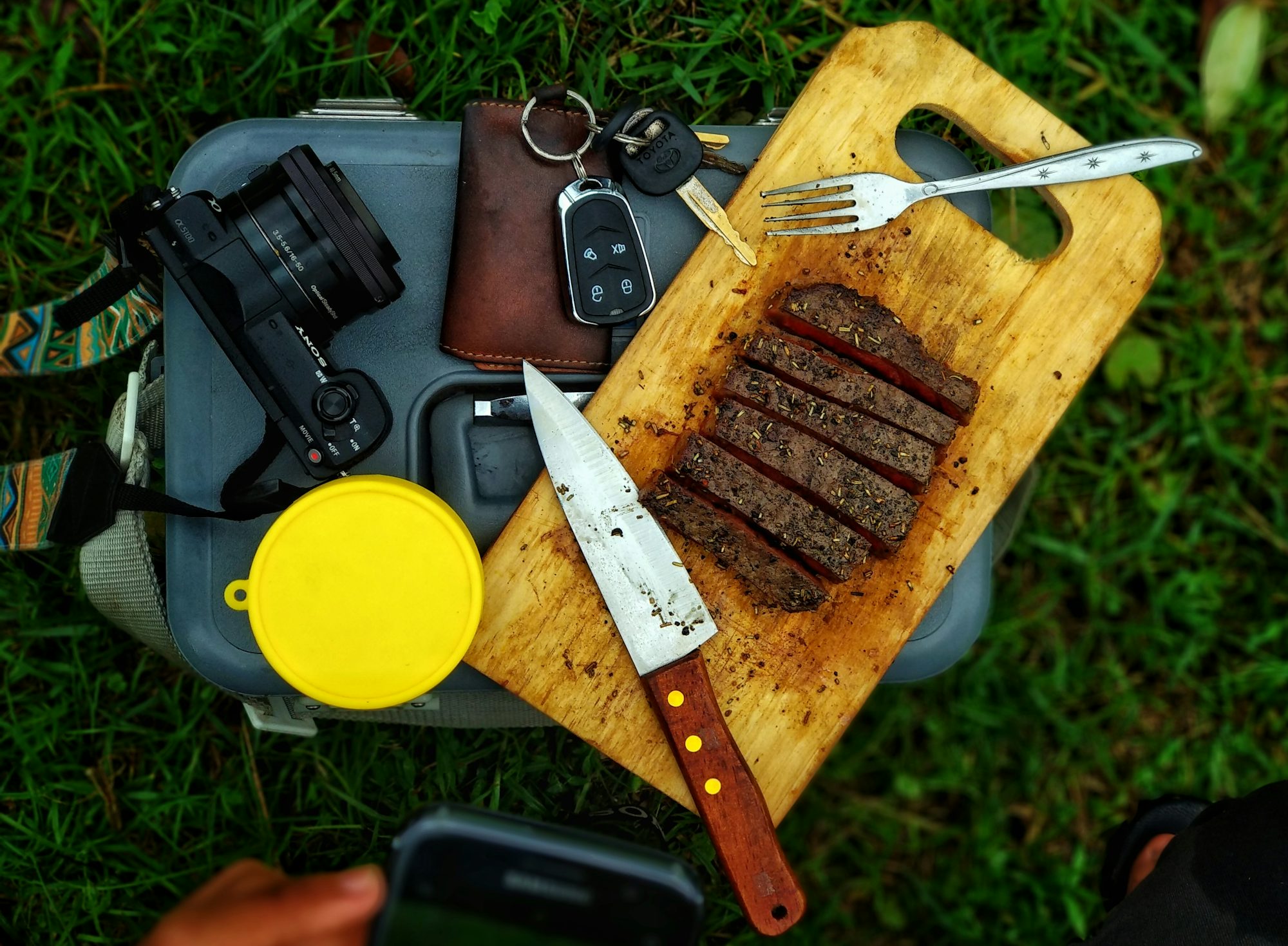A Beginner's Guide to Hiking: Essentials for Your First Trail
This article provides essential tips and insights travel for beginners planning their first hiking adventure, including gear recommendations, safety tips, and trail etiquette.
Choosing the Right Trail
Selecting the right trail is crucial for your first hiking experience. As a beginner, it's best to start with shorter, well-marked trails that are known for their accessibility and scenic views. Many parks and recreational areas offer beginner-friendly hikes, typically under five miles with minimal elevation gain.
Research local hiking trails online or in guidebooks. Websites and apps like AllTrails or local park services can provide detailed information about trail difficulty, length, and terrain. Additionally, consider factors such as weather conditions, the time of year, and your fitness level when choosing a trail. Starting with a manageable hike will help build your confidence and enjoyment.
Essential Gear and Packing
Once you've chosen your trail, it's time to gather the essential gear. Having the right equipment can significantly enhance your hiking experience and keep you safe. Here’s a list of must-have items for your first hike:
1. Footwear: A good pair of hiking shoes or boots is vital. Look for comfortable, sturdy footwear that provides good support and traction. Make sure to break them in before your hike to avoid blisters.
2. Clothing: Dress in layers to adapt to changing weather conditions. Moisture-wicking fabrics are ideal for your base layer, while a lightweight, breathable outer layer can protect you from wind or rain. Don’t forget a hat and sunglasses for sun protection.
3. Backpack: A small daypack is perfect for carrying your essentials. Choose one that fits comfortably and has enough space for your gear without being overly bulky.
4. Water: Staying hydrated is crucial while hiking. Carry at least two liters of water, depending on the trail length and weather. Consider a hydration bladder for easy access or a reusable water bottle.
5. Snacks: Pack energy-boosting snacks like trail mix, energy bars, or fruit. These will help keep your energy up during the hike.
6. Navigation Tools: While many trails are well-marked, having a map and compass or a GPS device can provide peace of mind. Familiarize yourself with the trail layout before heading out.
7. First Aid Kit: Accidents can happen, so a small first aid kit is a wise addition. Include basics like band-aids, antiseptic wipes, and pain relievers.
8. Emergency Whistle: A whistle can be a vital tool in case you get lost or need to signal for help.
9. Headlamp or Flashlight: If you plan to hike during early morning or late afternoon, having a light source is essential.
10. Multi-tool or Knife: Useful for various tasks, a multi-tool can be a handy item to have on your hike.
Safety First: Know Your Limits
Safety should always be a priority when hiking. Understand your physical limits and listen to your body. If you feel tired or unwell, it's perfectly okay to turn back. Hiking is meant to be enjoyable, so there's no need to push yourself beyond your comfort zone.
Familiarize yourself with basic safety tips:
- Inform Someone: Always let a friend or family member know your hiking plans, including your expected return time.
- Stay on Marked Trails: To avoid getting lost, stick to established trails and avoid wandering off the path.
- Watch for Wildlife: While seeing wildlife can be exciting, remember to maintain a safe distance. Do not feed animals or attempt to approach them.
- Weather Awareness: Check the weather forecast before you go, and be prepared for changes. If conditions worsen, don’t hesitate to turn back.
Trail Etiquette
Practicing good trail etiquette is essential for ensuring a positive experience for yourself and others. Here are some important points to remember:
- Yield to Others: When encountering other hikers, yield to those coming uphill. Cyclists should yield to both hikers and horseback riders.
- Stay Quiet: Enjoy the sounds of nature, and keep noise to a minimum to preserve the tranquility of the environment.
- Leave No Trace: Follow the Leave No Trace principles by packing out all trash, staying on trails, and respecting wildlife.
- Keep Dogs on Leashes: If you're hiking with a dog, keep it leashed and clean up after it to maintain trail cleanliness and safety.
Enjoying the Experience
Hiking is not just about reaching the destination; it's about enjoying the journey. Take time to appreciate the scenery, listen to the sounds of nature, and connect with your surroundings. Consider bringing along a camera or journal to capture your experiences and thoughts.
Remember to pace yourself and take breaks as needed. Stop to hydrate, enjoy your snacks, and take in the views. Hiking should be a pleasant experience, and allowing yourself to soak in the moment can enhance your connection to nature.
Conclusion
Embarking on your first hiking adventure can be an exhilarating experience filled with new sights and sensations. By choosing the right trail, packing the essential gear, prioritizing safety, and practicing good trail etiquette, you can ensure a successful outing. Embrace the beauty of the outdoors, and don't forget to savor every moment of your journey. With the right preparation and mindset, hiking can become a cherished activity that offers countless adventures and memories for years to come.